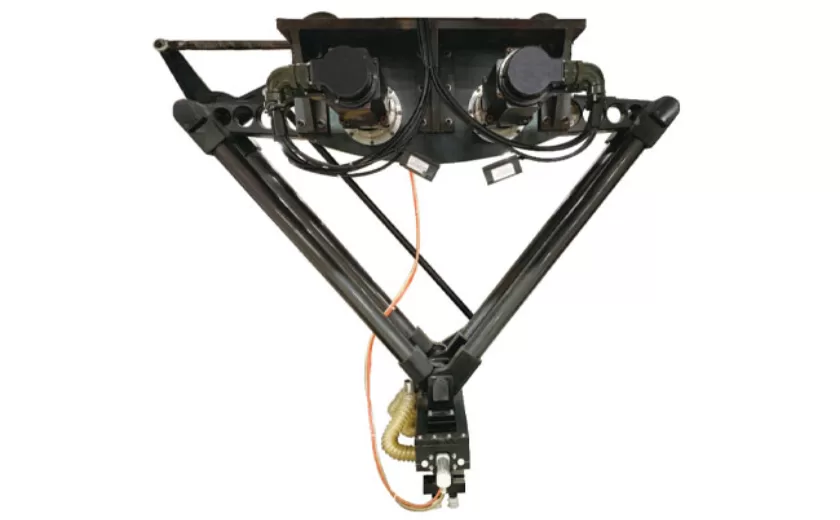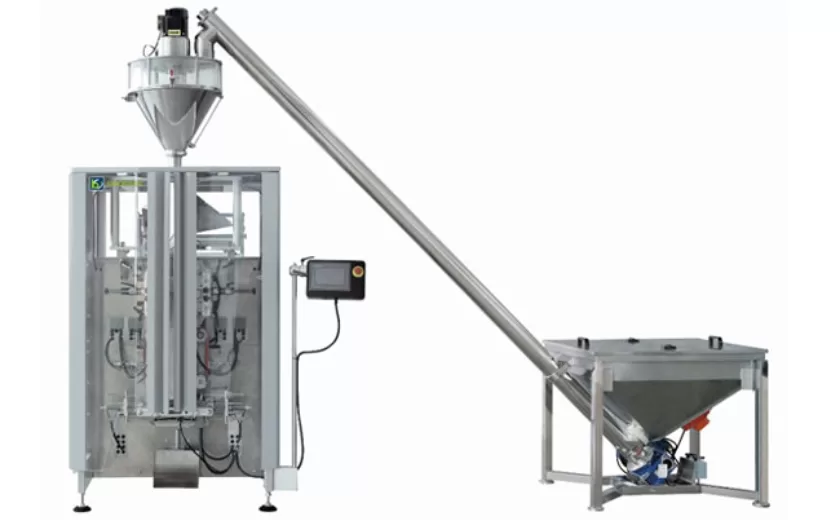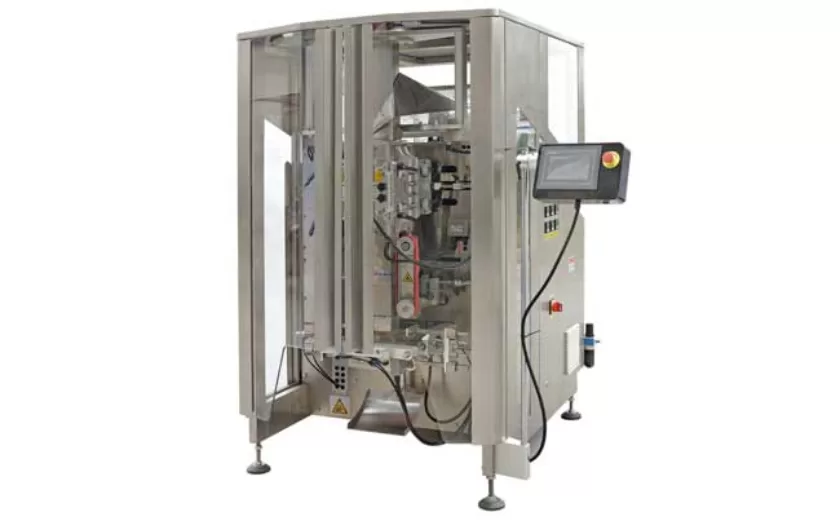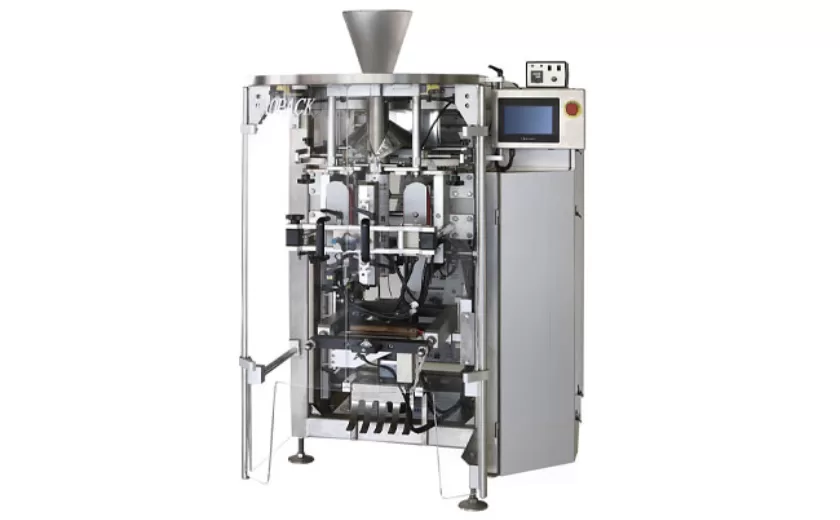Tips for Selecting the Best Semi-Automatic Auger Filler for Your Business
In the competitive manufacturing industry, optimizing efficiency and productivity is paramount. Semi-automatic auger fillers play a critical role in automating packaging processes, ensuring precise and consistent filling operations. To ensure optimal performance and return on investment, selecting the best semi-automatic auger filler for your specific needs is crucial. This comprehensive guide provides valuable tips to help you make an informed decision.
Considerations for Selecting a Semi-Automatic Auger Filler
1. Product Characteristics
Understand the physical properties of your product, such as density, particle size, abrasiveness, and flowability. These factors influence the design of the auger and the overall performance of the filler.
2. Filling Accuracy and Precision
Determine the required filling weights or volumes and ensure the auger filler can deliver the desired accuracy and precision. Consider the margin of error and the impact on your product quality and packaging costs.
3. Container Compatibility
Match the auger filler with the containers you intend to fill. Factors to consider include container size, shape, and opening diameter. Ensure the filler can handle the range of containers you may encounter.
4. Filling Speed and Output
Consider the desired filling speed and output capacity based on your production requirements. Assess the speed of the auger, the efficiency of the feed system, and the capabilities of the drive motor.
5. Ease of Operation and Maintenance
Select a filler that is user-friendly and requires minimal training for operators. Regular maintenance is essential, so consider the accessibility of components, the ease of cleaning, and the availability of spare parts.
6. Product Loss and Cleanliness
Minimize product loss and ensure cleanliness by choosing a filler with a tight seal between the auger and the container. Avoid overfilling or spillage that can lead to waste or product contamination.
7. Durability and Reliability
Invest in a durable filler made of high-quality materials. Consider the frequency of use, the abrasiveness of the product, and the operating environment to ensure the filler can withstand the demands of your production line.
8. Vendor Support and After-Sales Service
Choose a vendor who provides excellent technical support, training, and warranty coverage. Consider their reputation, industry experience, and the availability of spare parts and maintenance services.
9. Cost and Return on Investment
Determine the budget for the auger filler and evaluate the return on investment. Consider the potential cost savings in labor, product loss reduction, and increased productivity over the long term.
Conclusion
By carefully considering the factors outlined above, you can select a semi-automatic auger filler that aligns with your specific needs and optimizes your packaging operations. Implementing the right filler will enhance efficiency, improve accuracy, reduce product loss, and ultimately contribute to the overall success of your business.
-

Advanced Packing Solutions: Snacks, Sugar, and Frozen Food Machines
29-10-2025 -

Efficient and Reliable Solutions for Salt, Nuts, and Frozen Dumplings Packing
29-10-2025 -

High-Performance Biscuits, Lollipop, and Ketchup Packing Machines for Modern Food Production
29-10-2025 -

Efficient Liquid Filling and Packing Machines for Modern Production
23-10-2025 -

Reliable Granule Packaging Machines for Efficient Production
23-10-2025 -

Efficient Auger Powder Filling Machines for Accurate Packaging
23-10-2025 -

High-Performance Liquid Filling and Packing Machines for Hygienic Production
10-10-2025 -

High-Efficiency Granule Packaging Machines for Precision and Speed
10-10-2025 -

High-Precision Auger Type Powder Filling Machines for Efficient Packaging
10-10-2025 -

Efficient Vertical Form Fill Seal Packaging Machines for Smart Production
10-10-2025





